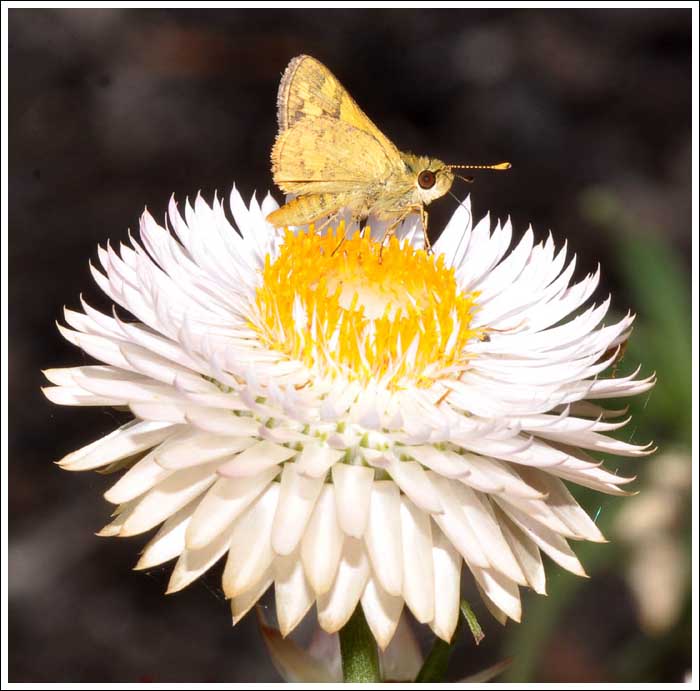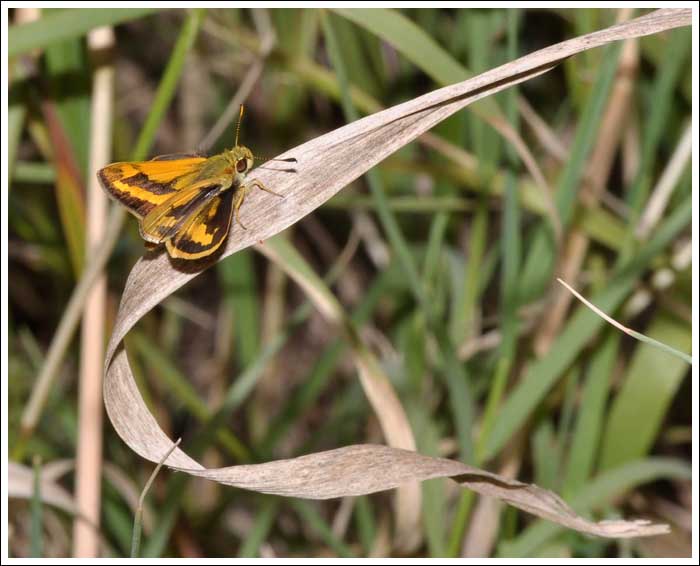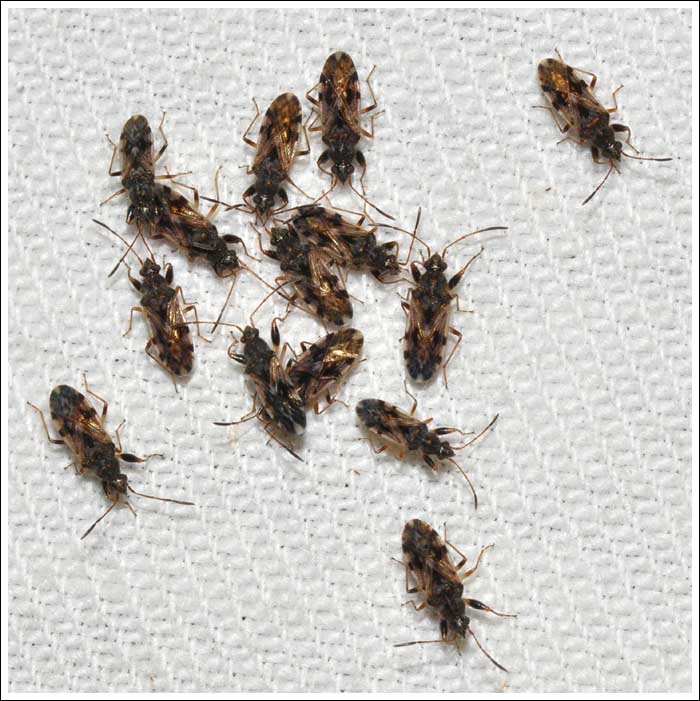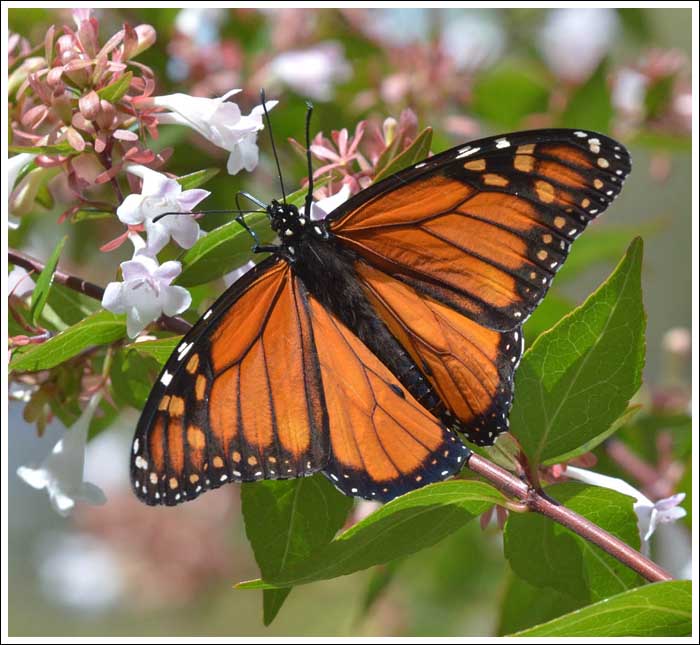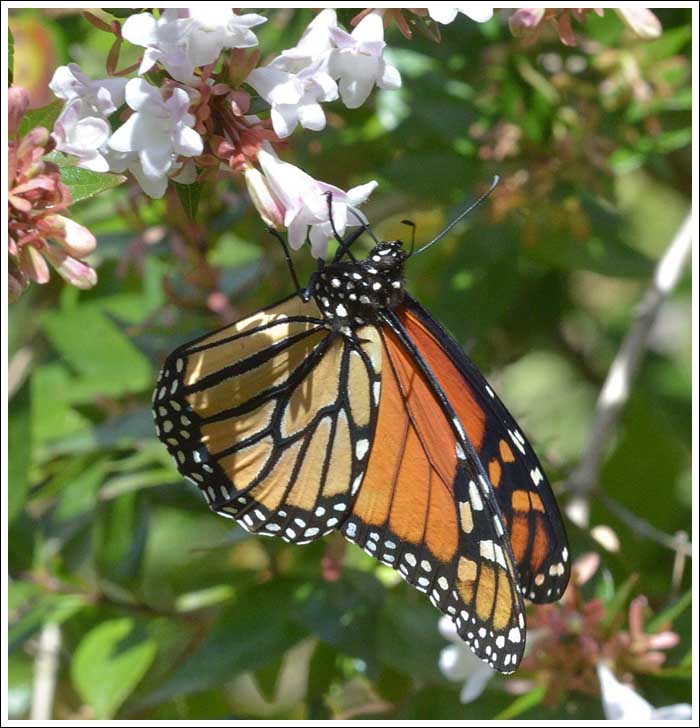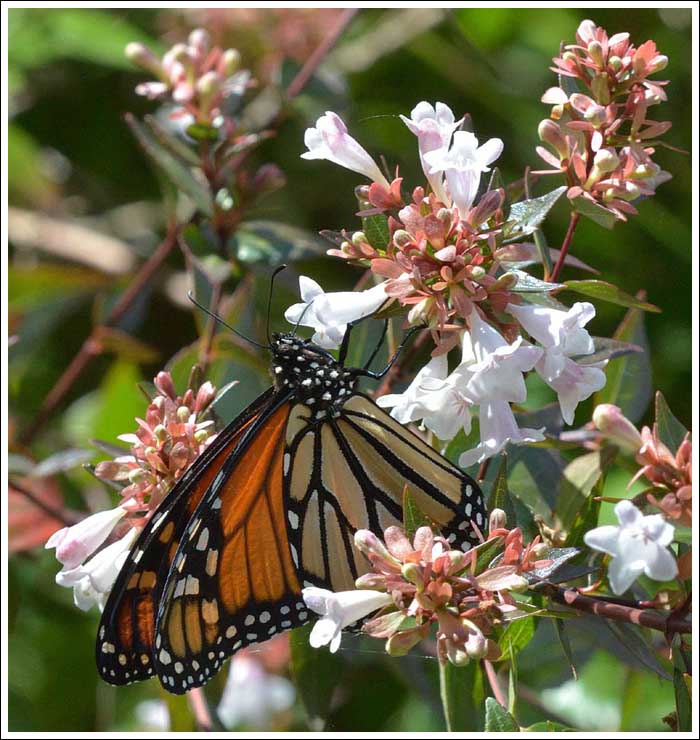This season the larger butterflies have been a bit sparse, whereas on the other hand, Yellow-banded Darts have been much more numerous than previously observed.
One night on the moth sheet, two groups of these insects were recorded for the first time. They are seed bugs, small insects with a big name, Remaudiereana inornata.
While checking the Snowy River Wattle these eggs were discovered, one batch intact, one batch hatched, identity is unknown at this time.
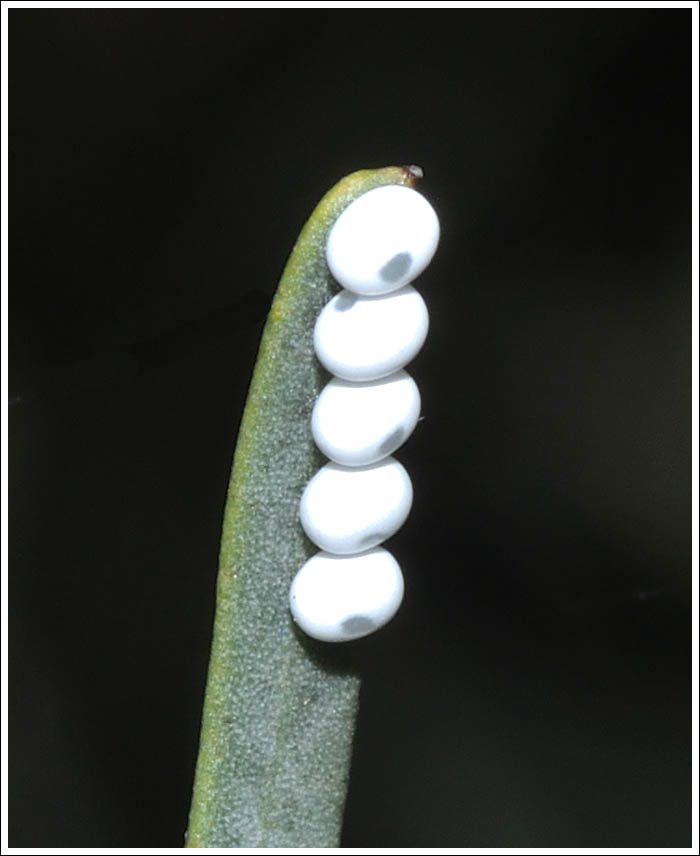
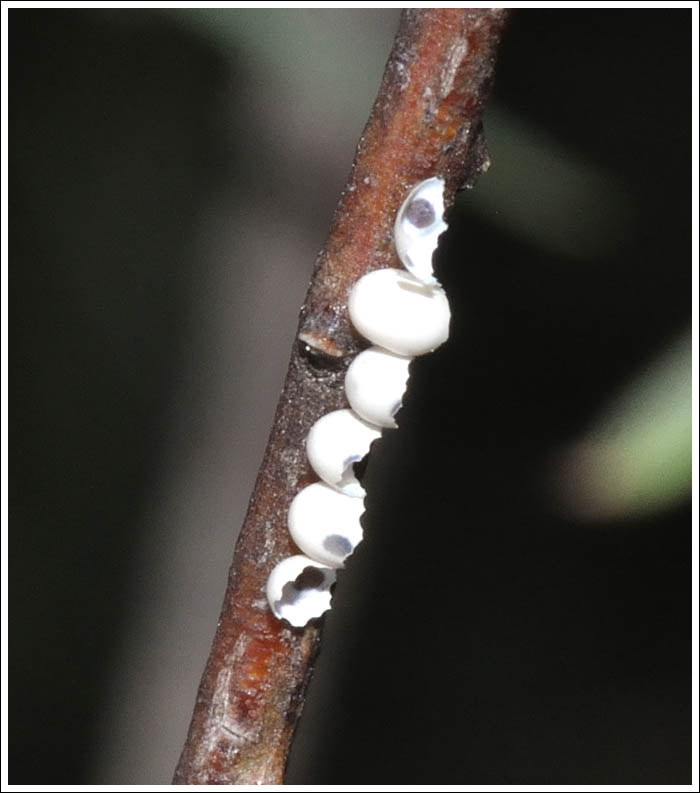
More eggs, this time on a Brittle Gum trunk, these were laid by a Sparshall’s moth, Trichiocercus sparshalli. The female covers the eggs with a thick mat of scales from her abdomen, probably for protection.
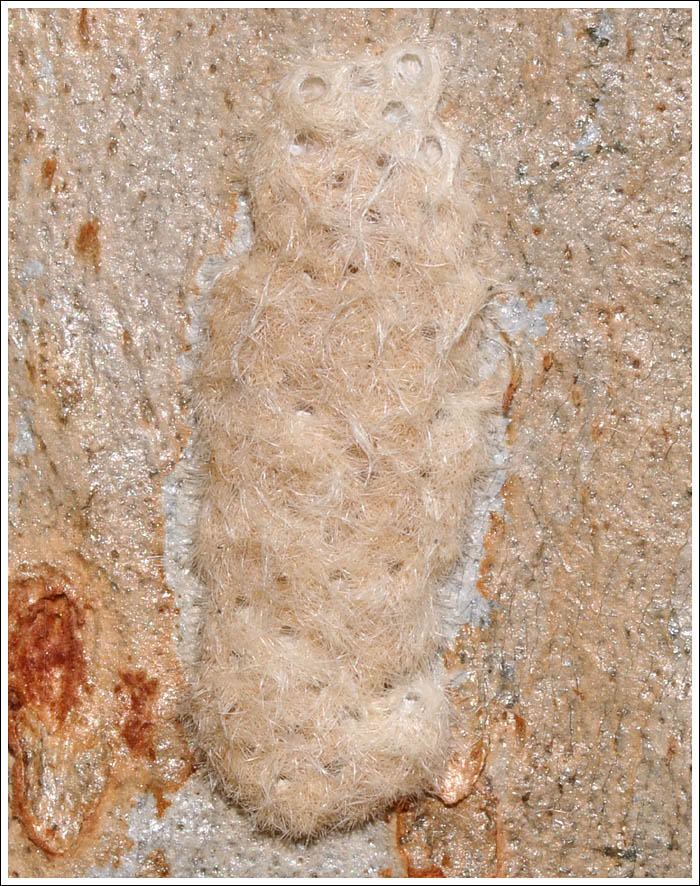
On a Yellow Gum trunk, a beetle larva.
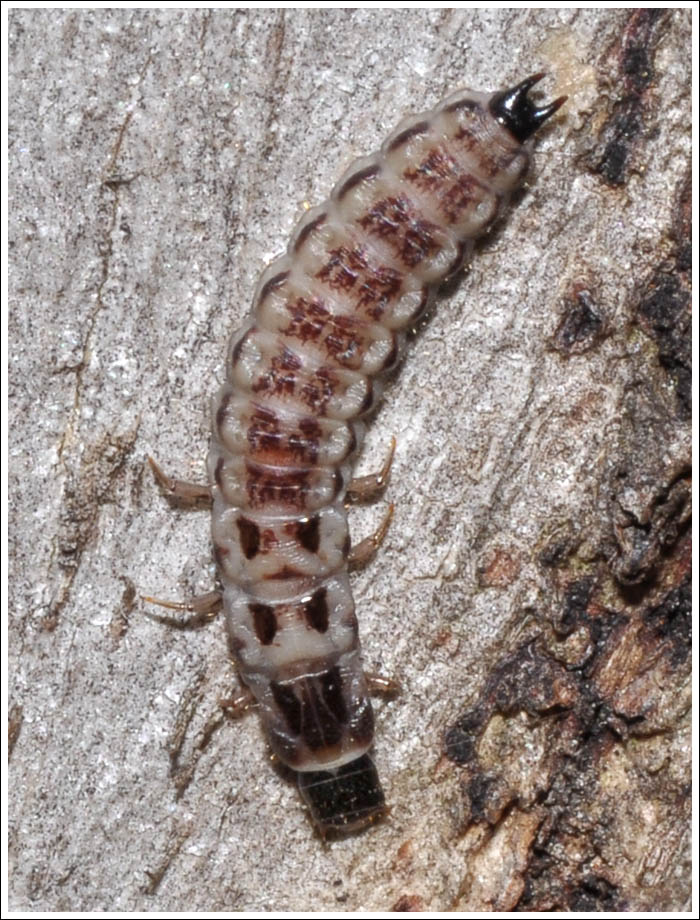
A very large robber fly with an appropriate name, Neoaratus hercules.

And native bees are still hard at work, Lasioglossum calophyllae.

Some images will enlarge.

